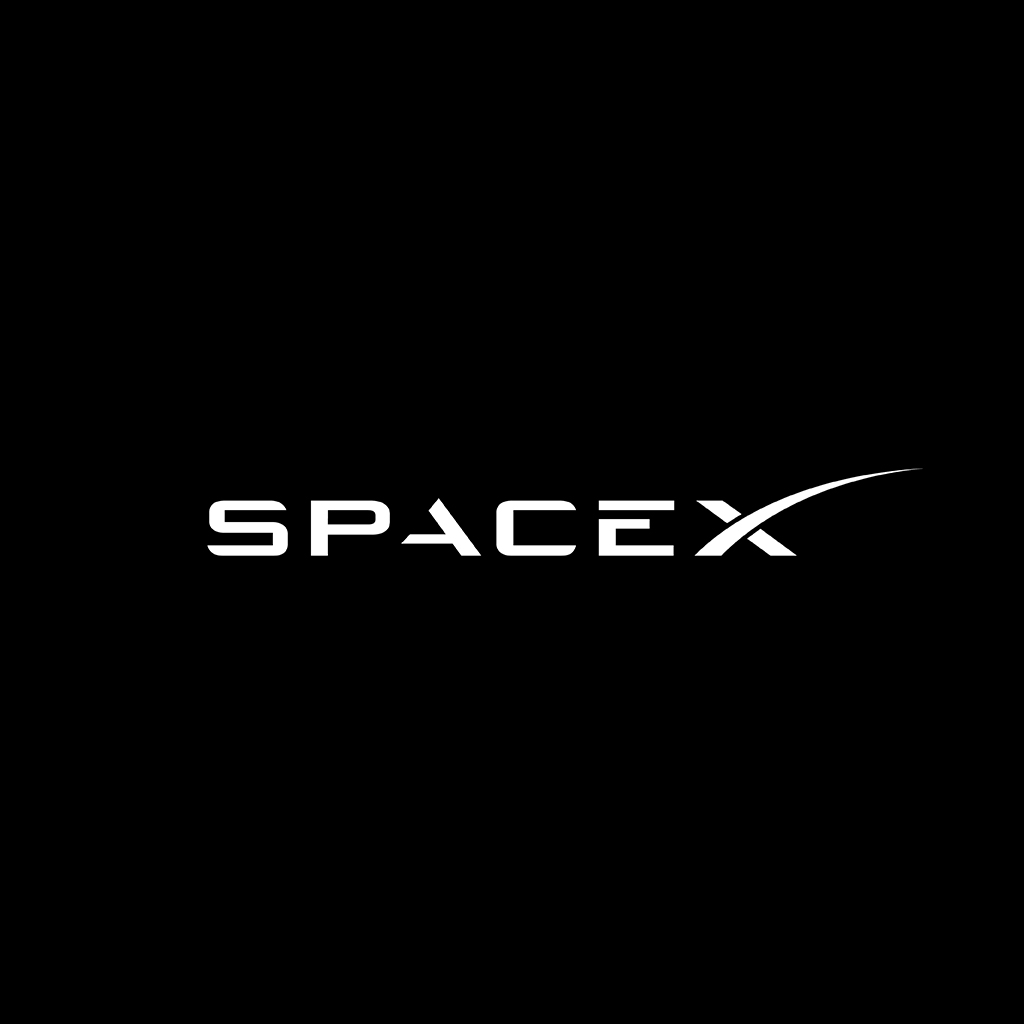SpaceX’s 2nd‑Gen Starship Completes Successful Final Test Flight
SpaceX’s second-generation Starship completed its 11th and final test flight, launching from Starbase in Texas on October 13. The company says the mission met every major objective — a notable turnaround after a string of earlier failures — and marks a pivot point as SpaceX moves to develop the next generation of Starship and Super Heavy vehicles.
Key outcomes from the flight included:
- All 33 Raptor engines ignited on launch.
- Stage separation and first-stage ascent proceeded smoothly; the Super Heavy booster splashed down in the ocean as planned.
- Starship successfully deployed all Starlink simulators before re-entering the atmosphere.
- During reentry SpaceX intentionally stressed the vehicle to evaluate its heatshield and executed a banking maneuver to mimic return trajectories to Starbase.
Earlier tests were mixed: previous flights saw explosions during ascent or failed payload deployments, and one vehicle was lost during ground testing. The last two flights (including this one and a successful August test) show clear progress toward operational reliability.
SpaceX now says it will focus on building and testing multiple next‑generation variants of Starship and Super Heavy, preparing for the first orbital flights and future operational payload missions. Multiple versions of the vehicle and booster are reportedly being prepped for upcoming tests.
For the original coverage and video of the flight, see the Engadget article: Engadget: SpaceX prepares next‑gen Starship after successful flight test, and watch SpaceX’s flight footage here: SpaceX flight video.

Discussion: What do you think SpaceX should prioritize next — faster iteration on heatshield tech, more robust landing systems, or earlier operational payloads?
